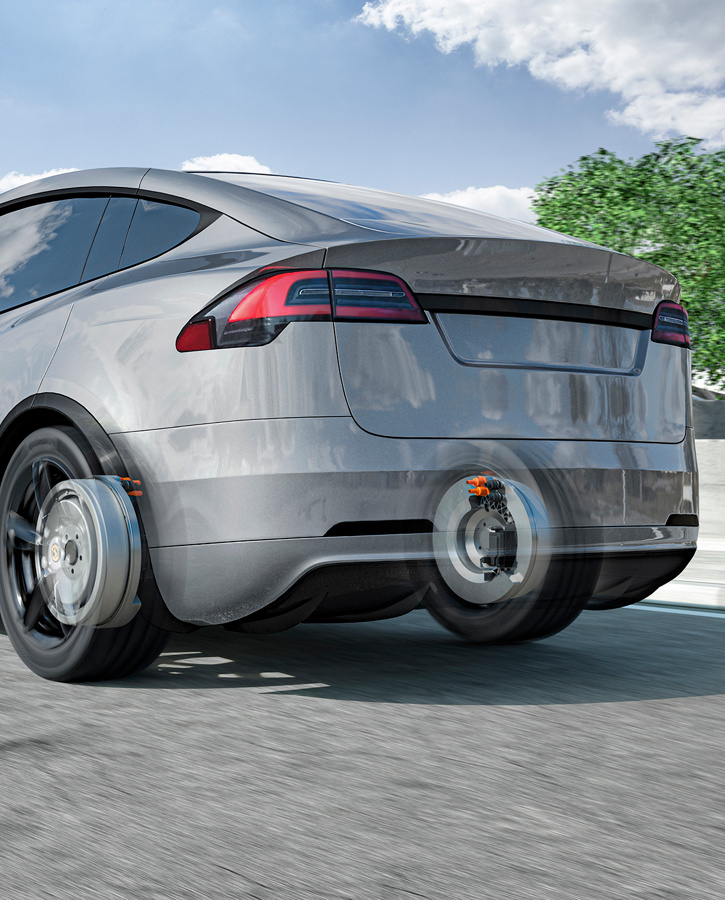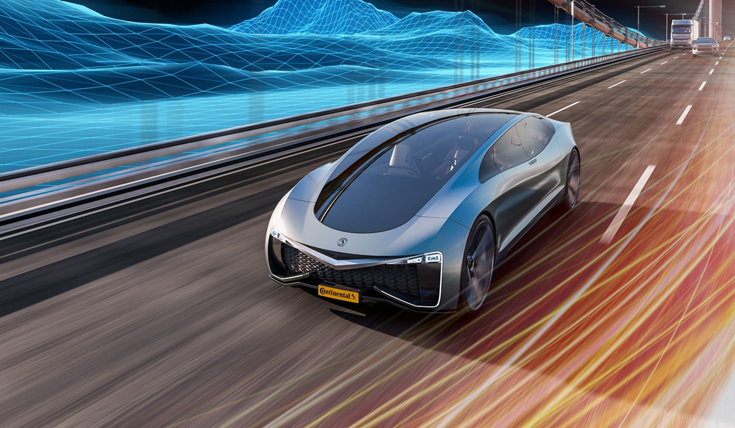Mr. Bilo, what are the main topics you are currently dealing with?
Jürgen Bilo is the managing director of co-pace. Since 2017, this global team has been building an ecosystem of innovative start-ups worldwide, working with them and Continental Automotive’s business areas to bring new technologies to market faster and cover a wide range of applications for the future of mobility. In this interview, Jürgen Bilo explains how strong partnerships and the development of a dedicated innovation ecosystem can help transform the automotive industry.
There isn’t any one specific topic. We’re instead focused on a whole range of innovations and new business models, which is what makes our work so exciting. We’re actually thinking in two directions: firstly, about how we can expand Automotive’s technology portfolio by working closely with the business areas to help them find technologies for specific applications. Secondly, we analyze innovations and developments in the market and consider which of them might be meaningful additions to our portfolio and could enrich the mobility of the future. When envisioning the mobility of the future, we often talk about the “smartphone on wheels.” Metaphorically speaking, this is particularly attractive if the app store is well stocked. And this is best achieved through partnerships and innovations that complement our core business in safety and security, displays, connectivity and autonomous driving, or even allow us to build up new business areas.

How can the start-ups support a leading technology company like Continental Automotive?
They can support a wide range of activities. Transforming the automotive industry isn’t just about identifying new technologies and business models, although that does represent a significant part of our work. It’s also about implementing these more quickly in an application. Speed, adaptability and risk reduction are important factors here. We make a significant contribution by exploring future technologies at an early stage – including those beyond the core automotive topics. Through co-pace, we can identify and integrate interesting topic areas early on. This allows us to respond more quickly to dynamically changing markets and ever faster innovation cycles. Furthermore, we help to shorten development times and bring new products to market faster. This is because our start-ups often save on time-consuming pre development and usually start with a prototype already in hand. This saves a lot of time and money, as well as reducing risks.
Why do we today need start-ups for this rather than doing it in-house?
Continental Automotive’s research and development is extremely efficient and has exceptional expertise, but the automotive industry has changed rapidly in recent years. In the past, automotive suppliers were able to create most innovations on their own. Today, the range of topics is much broader, and developments are much faster. Companies need to focus on their core strengths as well as be able to cover a broad spectrum. Both can only be achieved if strategic decisions are made about what’s developed in-house, what’s purchased and what’s covered through partnerships. Moreover, partnerships help minimize investment risk. For complex pre-development topics in particular, especially in the case of brand-new technologies or business models with which we have no prior experience, partnerships – and especially start-ups – often make sense. We’re able to build on something that already exists, which allows us to mitigate risks, save costs and reduce time to market. Specifically, this also means that we don’t need to invest heavily in building our own teams for product development in selective, new innovation fields. Instead, our teams can focus on developments that we can reliably bring to market. Investments in start-ups and technology partnerships are therefore becoming increasingly important strategic tools. They’re a crucial element in shaping the future of mobility.
Technology partnerships and investments in start-ups are becoming increasingly important strategic tools and success factors.
What, in your opinion, are the key pillars for leveraging the potential of the start-up ecosystem?
Ultimately, every collaboration with start-ups depends on many factors and needs to be shaped very individually. However, we can distinguish two main approaches, which can also complement one another. Firstly, there are our direct partnerships with technology companies. Here, we work with start-ups to integrate their innovative technologies and business models into our products, develop them to market readiness as quickly as possible and then produce them, mostly in high volumes. The collaboration is regulated through appropriate agreements. The second pillar is our corporate venture capital unit. We invest financially in companies whose technology, know-how and business case are convincing. In this context, we see ourselves as a strategic investor. For us, it’s crucial that the start-ups offer innovative technologies that can be used to open up new markets and business models at an early stage.
This allows us to obtain early insights into developments and, where feasible, enter into operational partnerships, which is increasingly the case.
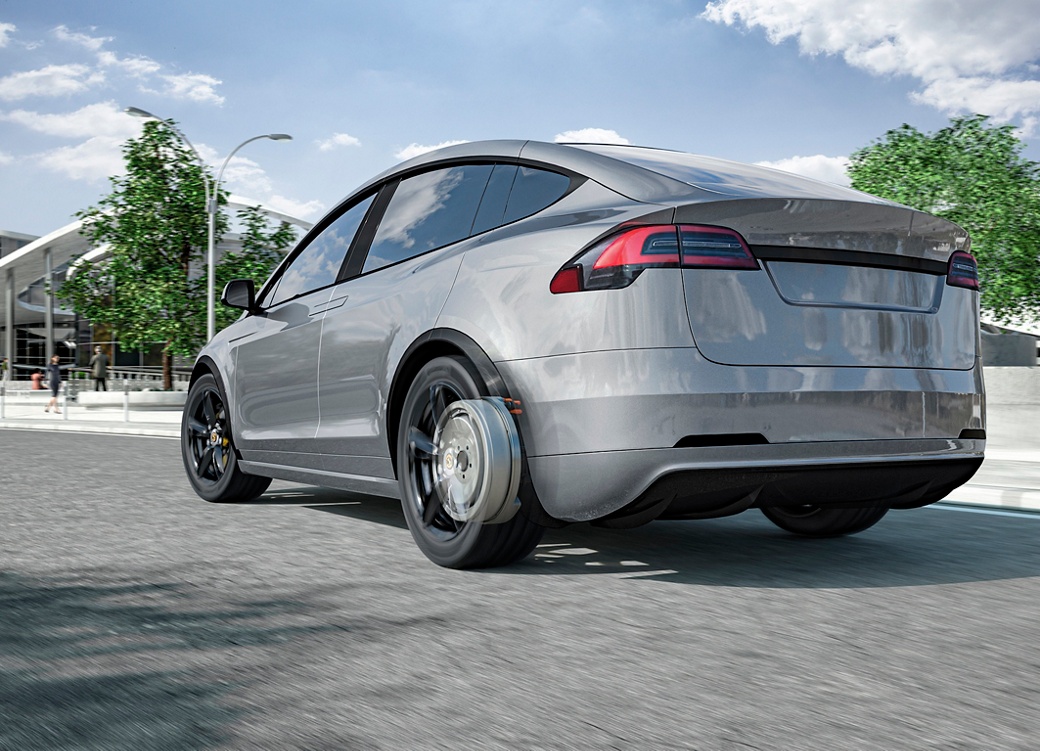
What do the start-ups get out of this?
They benefit greatly from Continental’s automotive expertise, standardization and scaling capabilities, which a leading automotive supplier can drive forward in ways that no emerging company can match. We know how to integrate a technology into a product, how to qualify it and how to manufacture it in millions of units. Ultimately, the OEM also benefits from this. Furthermore, we have access to the global automotive market and can facilitate the start-up’s unique entry into this market.
What are some examples of technologies that have already been integrated into Continental Automotive’s product portfolio?
We’ve successfully integrated a wide range of technologies and have a well stocked pipeline for future products. I’d like to mention two examples. Firstly, we’re collaborating with the start-up DeepDrive to develop a brake-drive module. This partnership will enable us to significantly expand our product portfolio in the future, transitioning from stand-alone brake systems to integrated brake-and-drive systems. DeepDrive is also a great example of the win-win situation we create with our partnerships because it’s a specialist in the development of efficient electric motors, meaning that we gain expertise in an area that wasn’t previously covered. In turn, DeepDrive benefits from both our technological expertise in brake systems and our development capabilities and competence in transferring such products to large-scale production.
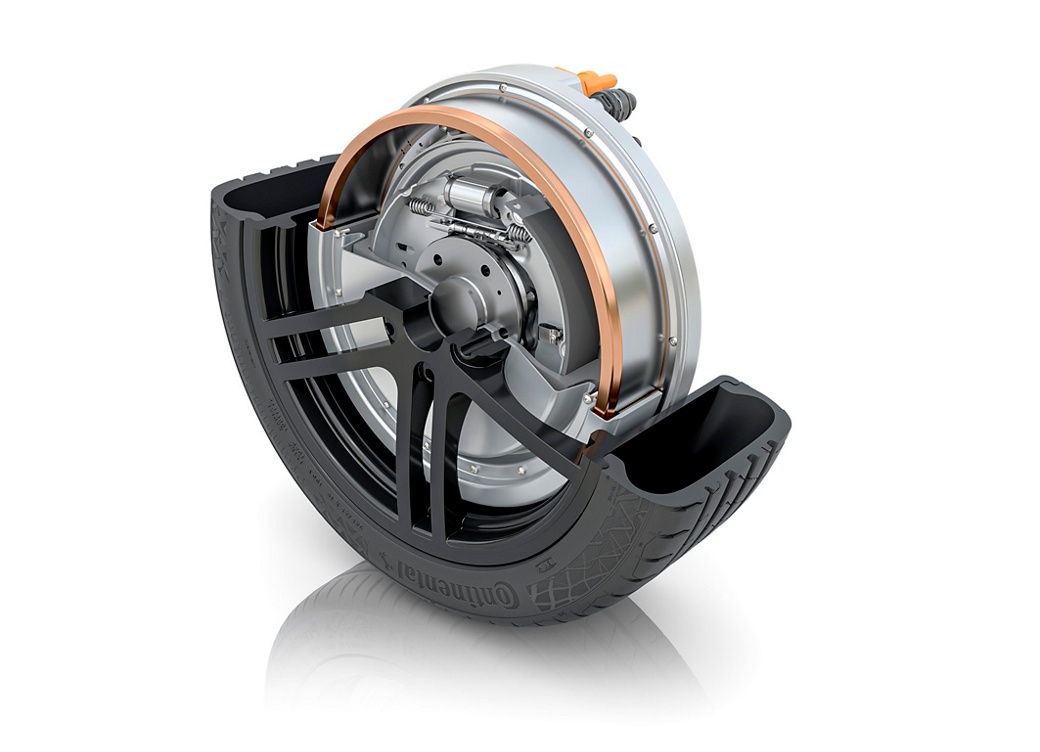
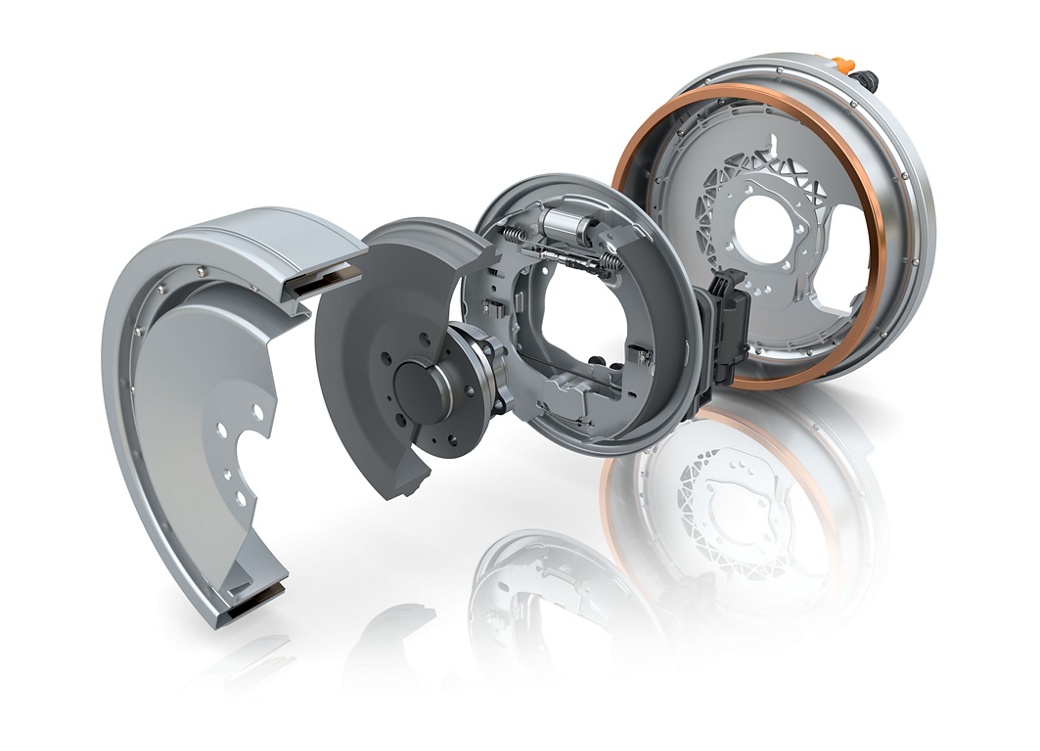
What’s the second example?
Another example is our strategic collaboration with banbutsu. In conjunction with our eTravel.Companion, banbutsu transforms the vehicle into a personalized experiential space – both inside and out. The interior, for example, can be adapted to reflect your favorite brand or soccer club according to the situation and in real time. In addition to using all the display channels, as well as light and sound, graphics can be projected onto the side windows. This allows the vehicle to be customized in line with your interests and the situation. New business models are conceivable, such as use for advertising brand communication, personalization – for example featuring the logo of your favorite soccer club – or the seamless integration of product and service offerings. This cooperation is therefore also an example of the additional mobility-related applications and innovations, and their monetization, which will be possible in the future. We already presented these solutions at CES in Las Vegas and received very positive feedback from customers.
(More on this topic here)
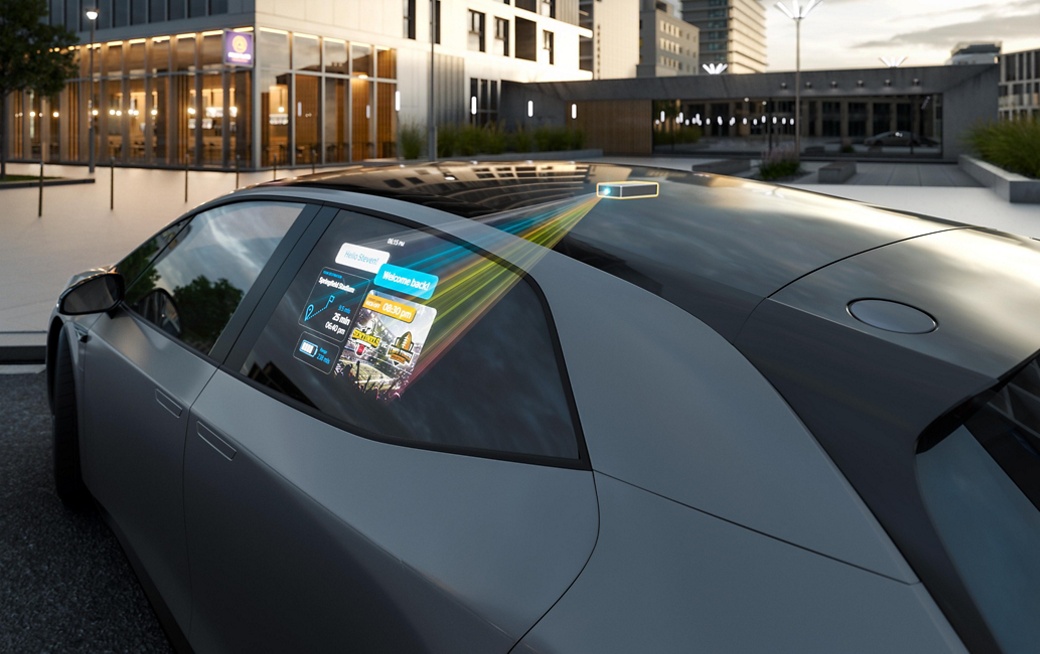
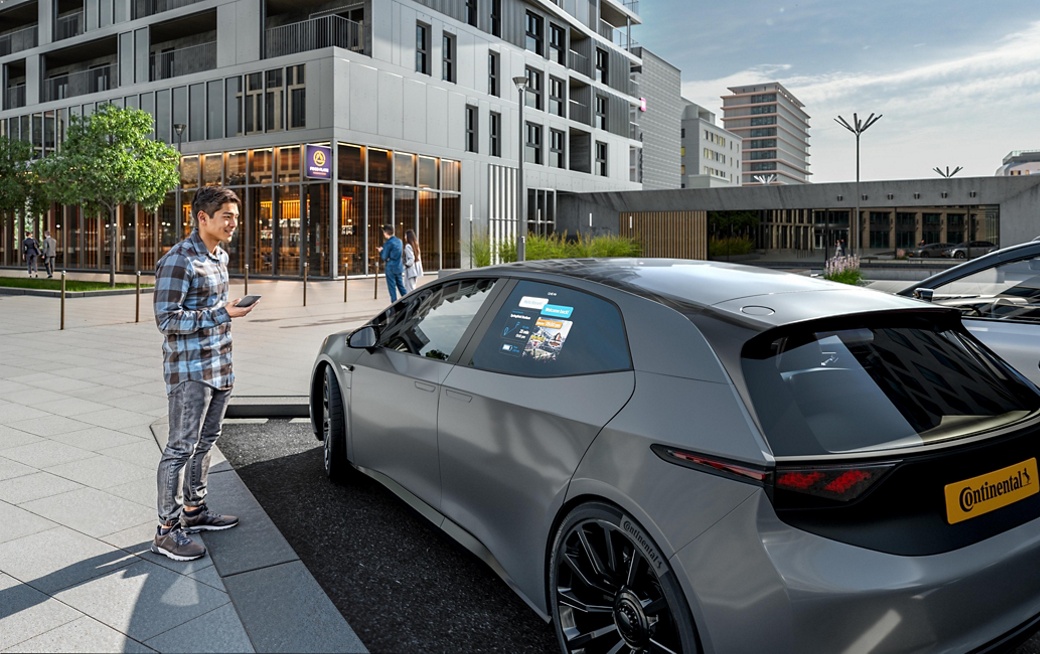
The automotive industry is becoming a connected ecosystem of tech partners, start-ups, automotive suppliers and OEMs – as co-pace, we’re making a key contribution to unlocking the potential of the start-up ecosystem at an early stage.
What will the future of mobility look like?
In a nutshell: digital, connected and partly autonomous. Software and technology expertise will continue to become more significant for the automotive industry. Artificial intelligence will also play a major role. Only those who manage to benefit efficiently from new technologies and innovations, as well as develop new business models, will remain successful in the future. Even though car manufacturers are increasing their vertical integration, especially in the areas of electric drives and software, the automotive industry will evolve into a connected ecosystem of tech partners, start-ups, automotive suppliers and OEMs. For automotive suppliers, this presents a wealth of opportunities to expand their business models – as co-pace, we’re making a key contribution to unlocking this potential at an early stage.
